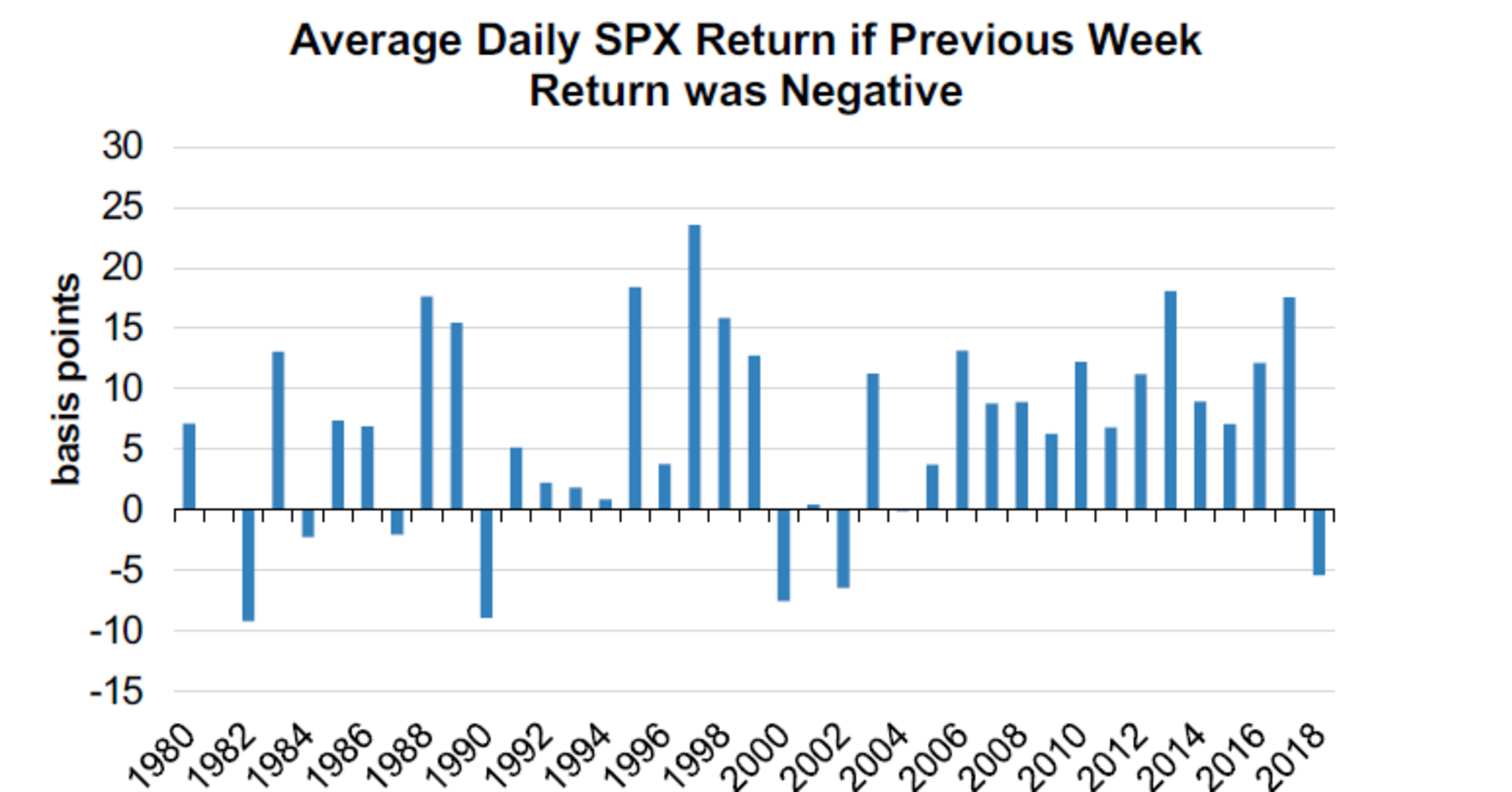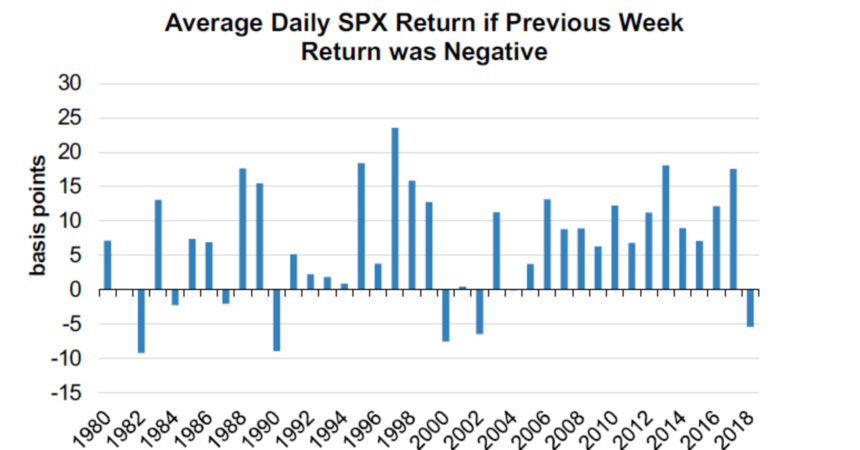
One of Wall Street’s most famous proverbs of this bull market is backfiring.
“Buy the dip,” or picking up a stock or the whole market when they sell off, isn’t working for the first time in 16 years, according to analysis from Morgan Stanley. The investment bank looked at the average return for the S&P 500 if the previous week was negative and found that this year, there was no rebound.
“Buying the dip has not worked in 2018 for the first time since 2002,” Morgan Stanley equity strategist Michael Wilson said in a note to clients Monday. “Such market behavior is rare and in the past has coincided with official bear markets (20 percent declines), recessions, or both.”
The strategy worked even during 2008 and 2009, the height of the Financial Crisis, Morgan Stanley said. But a key factor makes this cycle different, according to Wilson: Quantitative easing is turning to quantitative tightening. The Fed is now reducing its balance sheet while the European Central Banks and Bank of Japan taper their own quantitative easing programs.
“While there may be other factors, we think this is the primary one that has left investors wondering why even companies that report good news are seeing their stocks sell off,” Wilson said. “In our view, when stocks sell off on good news, that’s a bear market.”
The S&P 500, Nasdaq and Russell 2000 have definitively broken their 200-day moving averages, which Wilson said is a sign that the technical damage is “irrefutable” and very different than the brief correction in February.
“Historically, when the 200-day moving average turns down it typically takes months, if not longer, to turn up again,” Wilson said. “This argues for patience rather than haste from investors and to consider selling rallies rather than buying dips.”
The risk going forward will be concentrated in higher multiple stocks that “do not deserve a valuation premium but have simply benefited from a crowding effect,” Wilson said.
He pointed to Nvidia’s price action last week as an example of that remaining risk. The stock got hammered Friday after missing Wall Street’s expectations for revenue and guidance in its third-quarter 2019 earnings report.
More than 40 percent of the stocks in the S&P 500 are down at least 20 percent, Wilson pointed out. Stocks were under pressure on Monday with major technology stocks like Apple and Amazon leading the decline.
Despite some hopes of it last week, Wilson is not expecting the Fed to “bail out equity market participants.” He pointed to a trade deal between the U.S. and China at the upcoming G-20 meeting that remains “highly uncertain.”


